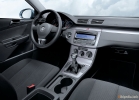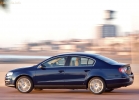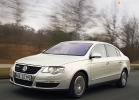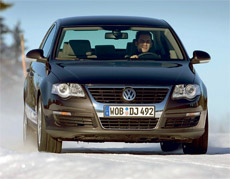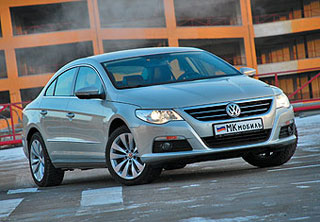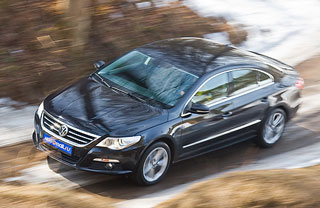Test drive Volkswagen Passat B6 2005 - 2010 sedan
Atmospheric front
 He is not just new, he is completely different. And we are urged to believe that, having radically changed, he became better. Perfect than ever. But in order to believe, we must figure it out. You need to know where the revolution has occurred, and where is the counter -revolution.
He is not just new, he is completely different. And we are urged to believe that, having radically changed, he became better. Perfect than ever. But in order to believe, we must figure it out. You need to know where the revolution has occurred, and where is the counter -revolution. Passat was first built on the platform of the younger Golf model, albeit modernized. The funds are saved considerable, but the design of the machine has lost its originality. Instead of the longitudinal location of the motor, the transverse, instead of the front two -leaf suspension of MacPherson, instead of the rear semi -dependent circuit, an independent multi -link. In general, everything is like the fifth golf. In theory, it should be good. The only nuisance is that customers might think that they are plowing a small car with a large body and with a large price tag. So that this does not happen, the design of the new Passat was pulled to the standards of Phaeton. This is a plus that becomes undeniable as soon as you find yourself inside the machine. There is a minus, however, only one: Passat lost a pair of rear lateral glasses that invariably accompanied him from the very moment of birth in 1973.
The new Passat of sweeps and more elegant than the previous one, therefore, even adding a few centimeters in length and width, it does not seem heavy. And the car has become more interesting, it has more details that you can want to consider, study. This is a chrome lining around the radiator grill, the front optics with an emphasis on the outer pair of headlights, the backwood bend of the rear door. Finally, these are the rear lights on A-la Phaeton LEDs. The old Passat is too straightforward, its geometry is deliberately unsophisticated by a couple of arcs and many straight angles. It is awards only the chrome -plated body decor, by which you can distinguish the top -end Highline top. The new Passat also remained in this performance. And given that both machines have 150-horsepower gasoline motors with machine guns, our comparison seems quite correct. Despite the difference in price of $ 5,500.
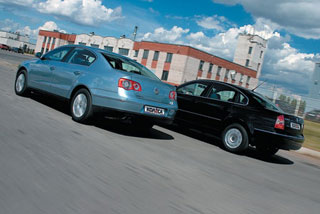 It is enough to get behind the wheel, and there is no regrets about this margin. What is there enough to pick up an electronic key to the car, see and feel the quality of its manufacture. To match him the whole salon, demonstrating good taste and caring for trifles. The interior pleases with the freshness of the design and excellent materials. The front panel is made in two floors: at the top there is only a visor visor and deflectors, all details are lower. And these details are standing. Dials in oblique wells look extremely expensive (Volkswagenovites were already talked in the case of giving an undisguised luxury with the dashboard), the button of the electromechanical handbrake to the left of the steering wheel eloquently speaks of the technical level of the car. As well as the engine start algorithm: insert the key into the slot, press it on top, and Brrrro is done. A sparkling lever of a machine gun with its numerous modes, touch buttons on the steering wheel, sophisticated climate control handles, everything pleases the eye and soul. This is a beautiful and respectable car with which you want to deal with. But what about the ancestor? Honestly, in the part of Stayling the salon, the ancestor looks almost fossil. Rude, primitive. Almost wretched. The day before yesterday. And this car was sold in full swing some month ago!
It is enough to get behind the wheel, and there is no regrets about this margin. What is there enough to pick up an electronic key to the car, see and feel the quality of its manufacture. To match him the whole salon, demonstrating good taste and caring for trifles. The interior pleases with the freshness of the design and excellent materials. The front panel is made in two floors: at the top there is only a visor visor and deflectors, all details are lower. And these details are standing. Dials in oblique wells look extremely expensive (Volkswagenovites were already talked in the case of giving an undisguised luxury with the dashboard), the button of the electromechanical handbrake to the left of the steering wheel eloquently speaks of the technical level of the car. As well as the engine start algorithm: insert the key into the slot, press it on top, and Brrrro is done. A sparkling lever of a machine gun with its numerous modes, touch buttons on the steering wheel, sophisticated climate control handles, everything pleases the eye and soul. This is a beautiful and respectable car with which you want to deal with. But what about the ancestor? Honestly, in the part of Stayling the salon, the ancestor looks almost fossil. Rude, primitive. Almost wretched. The day before yesterday. And this car was sold in full swing some month ago! However, in convenience, you cannot refuse the old Passat. With ergonomics, complete order: a man of any dimensions will be conveniently settled behind the wheel, and at the back there is so unprecedented open spaces on the leg on the leg. In the new car, the distance between the rows of seats is increased by 12 mm, and getting the back of the front seats with knees becomes decisively impossible. As for the front seats themselves, they acquired in width and lost in elasticity, but their profile and lateral support do not allow you to dream of the best. But the ceiling, as it seemed, became closer to the crown.
The trunk is the next gift of the new Passat. Its capacity is 565 liters, which is one of the best indicators among sedans! The record, if I'm not mistaken, belongs to the American Ford Five Hundred with its 595 liters. However, disposing of this wealth is not so simple: the trunk takes not so much width as depth, leaving far under the rear window, and the loading height is too big. So you can only fill it with a very large luggage.
Despite the same power, our passats are seriously different in the design of the engines. Under the hood of the old car, the famous 1.8-liter turbo engine with five valves per cylinder. The new two -liter sixteen -plastic with direct fuel injection, but ordinary, and not layered, like golf, which should provide increased tolerance to the quality of fuel.
The dynamics is almost the same, however, by subjective sensations, the old Passat accelerates more frustravity. Although the machine gun is not six, but five-speed, without a sports regime and more slowly working. Most likely, the matter is a vigorous patch that is happening closer to 2000 rpm, and in a more aggressive sound of the motor. But the worst of all, when the delay in the switching of the machine falls on the turboyam in such moments, the car simply does not go!
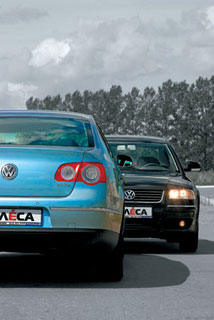 The new Passat is too academic. In the cabin, the quiet hour, the FSI motor pulls smoothly, the gearbox works smoothly and accurately. The sports regime does not introduce a drop of fun into this process, unless it becomes possible to slow down the engine for discharge of gas. The controllability is equally refined: the car is a little lazy, but the information saturation is great. Moreover, contacting the service center, the owner of the car can choose one of the twelve modes of operation of the electric power to his taste.
The new Passat is too academic. In the cabin, the quiet hour, the FSI motor pulls smoothly, the gearbox works smoothly and accurately. The sports regime does not introduce a drop of fun into this process, unless it becomes possible to slow down the engine for discharge of gas. The controllability is equally refined: the car is a little lazy, but the information saturation is great. Moreover, contacting the service center, the owner of the car can choose one of the twelve modes of operation of the electric power to his taste. The previous Passat straightens out with turns just as confident, but hesitates more and is more inclined to glide in the front line than sideways. The steering wheel is tangible, but after the new machine this severity is perceived as a parasitic one. In other words, the same information could be handed over to the driver’s hands, not so straining them. But at high speeds, the steering wheel more clearly fixes zero, which sometimes lacks the sixth passato.
The brake mechanisms of cars are equally effective, but the drive settings are different. On the B5, the pedal has a free move, after which the intensity of braking depends only on the effort, and this dependence is very understandable, almost linear. Brakes B6 are grasped instantly, but it is not possible to intuitively calculate the braking distance: the pedal now and then has to press.
Probably, one of the most important events for the Russian buyer, the transition to a steel front suspension instead of the previous aluminum, which promises an increase in its survivability and a decrease in the cost of maintenance. However, the growth of unsaved masses inevitably affects the smoothness of the course. And this is noticeable. Against the background of the predecessor, the new Passat is much more sensitive to small irregularities in the road, while more calmly overcoming broken areas with deep potholes. The fifth Passat, on the contrary, is good on pits and cracks, but as soon as the suffix disappears, it begins to react painfully. Here is such a parity.
It turns out that in none of the disciplines the newcomer did not give up his ancestor, and in many, somehow the design, the quality of the finish, equipment and controllability easily outplayed him. The outgoing Passat is more emotional in terms of the dynamics, and this is perhaps all that he can contrast the successor subject to the winnings in money. Atmospheric front is behind, now it will only be good and only expensive. Objections are not accepted.
Autography
Volkswagen Passat B6
Predecessor Volkswagen Passat B5 (1996)
Volkswagen Golf v platform
Premiere March 2005
Sedan body, station wagon
Engines 1.6-3.2 l (102-250 l.
Production Germany
Expected replacement 2011
Cars are provided by the Pulkovo company. The official dealer Volkswagen AG
During the test, the car is insured by Rosno.
Text: Leonid Klyuyev
Photo: Roman Ostanin
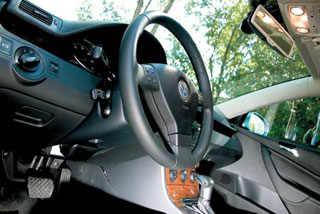
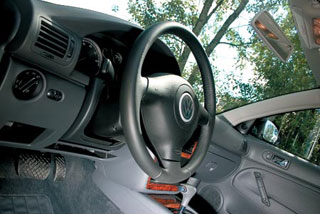
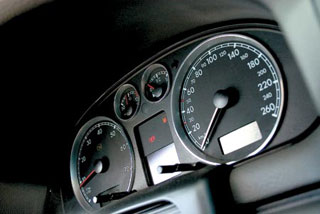
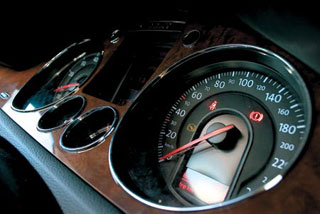
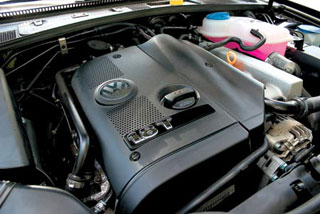
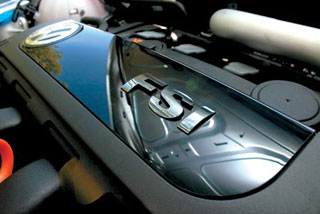
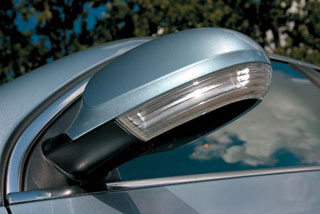
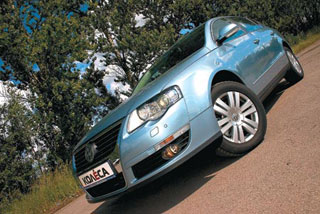
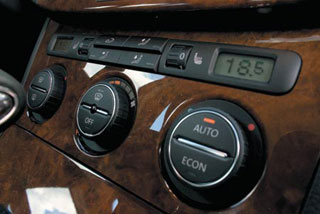
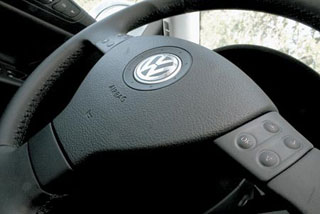
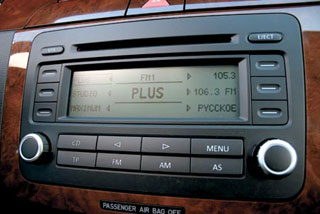
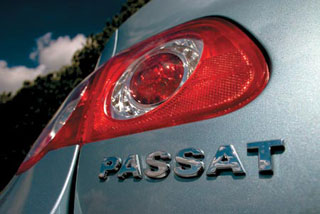
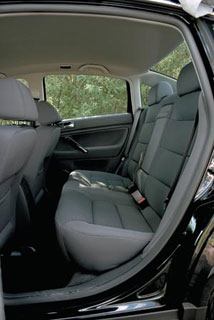
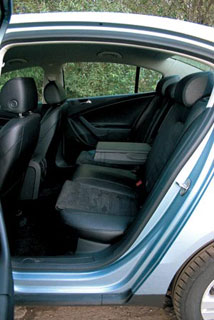
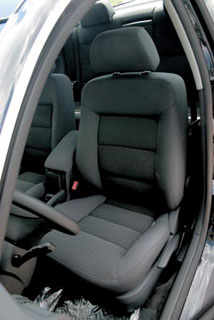
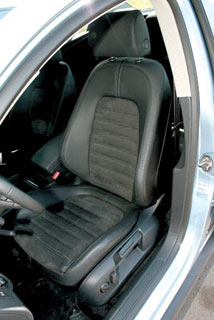
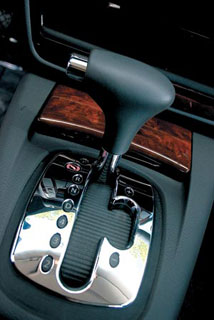
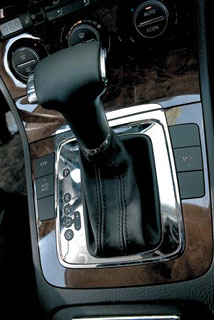
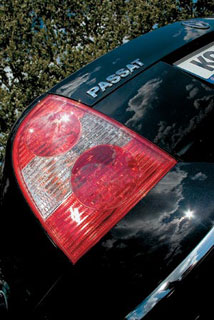
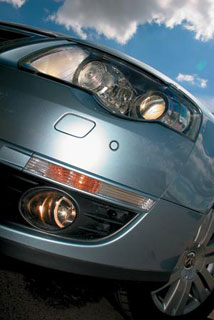
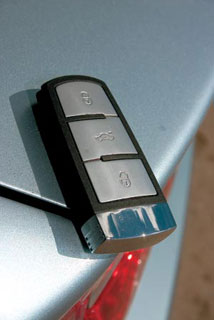
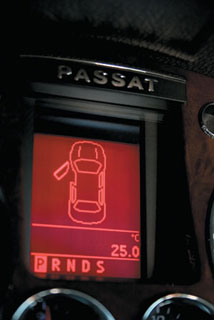
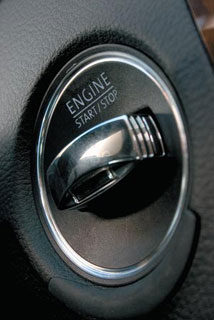
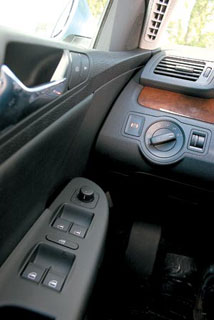
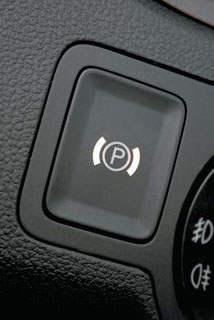
Source: Wheel magazine [No. 94/2005]
VOLKSWAGEN PASSAT B6 2005 - 2010
Volkswagen Passat B6 2005 - 2010 test drives
Krash Test Volkswagen Passat B6 2005 - 2010
Krassh Test: Detailed Information34%
Driver and passengers
17%
Pedestrians
38%
Children-passengers
Malfunctions Volkswagen Passat B6 2005 - 2010
Volkswagen Passat malfunctions: Detailed information| Passat B6 2005 - 2010 | |
|---|---|
| Engine |  |
| Transmission |  |
| Control system and suspension |  |
| Brake system |  |
| Air heating and air conditioning |  |
| Launch and charging system |  |
| Electric components and so on |  |
| Corrosion body stability |


